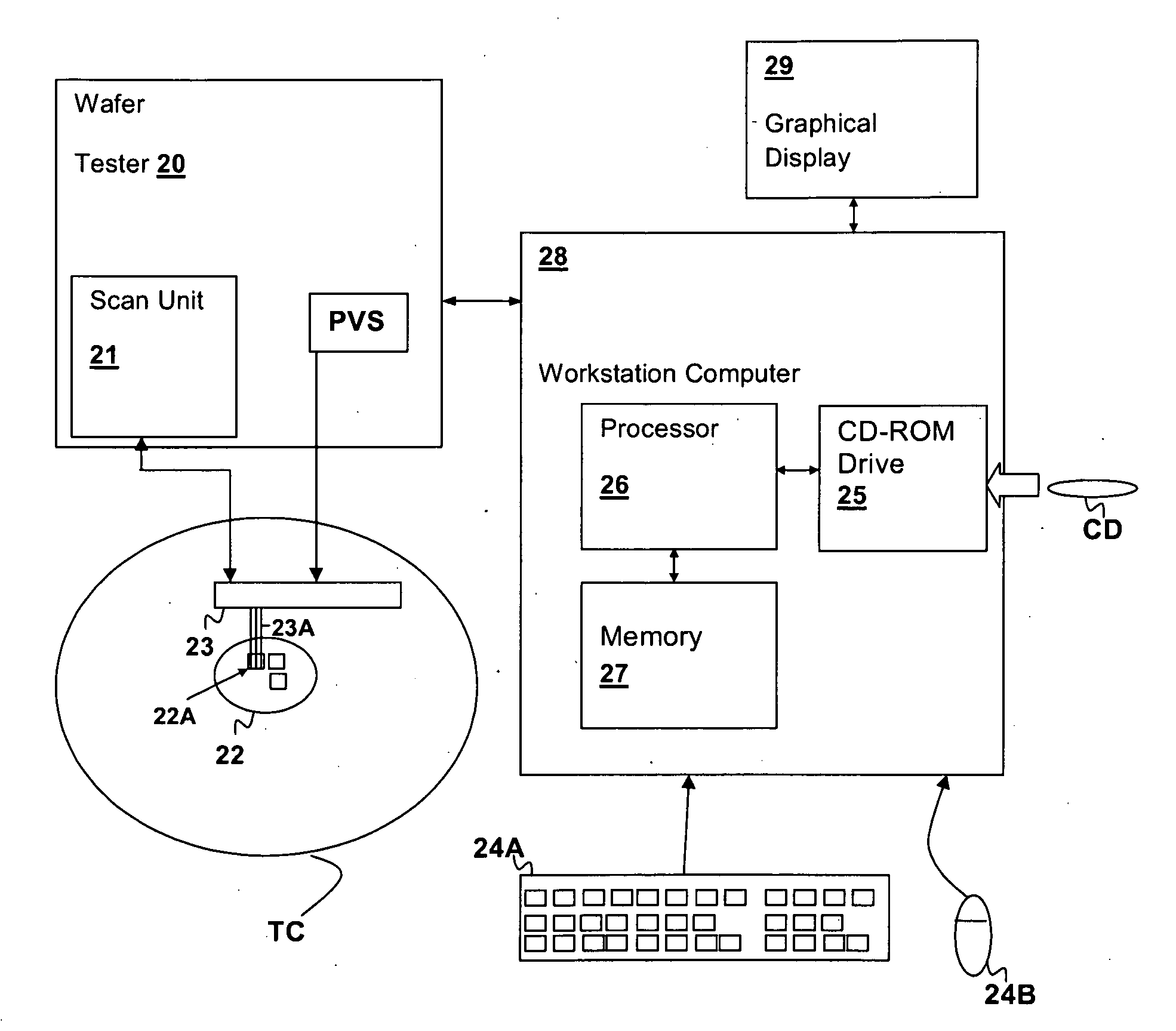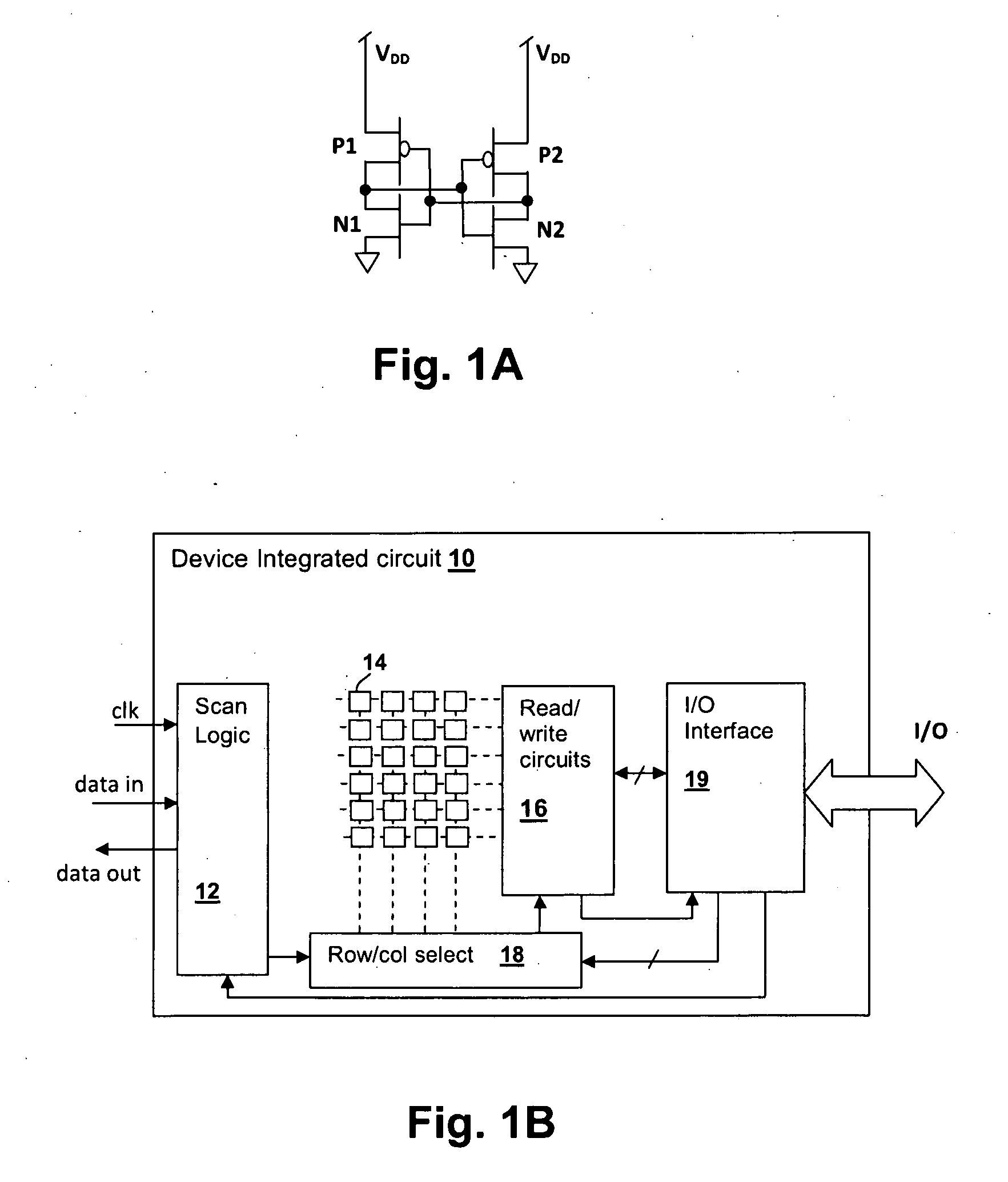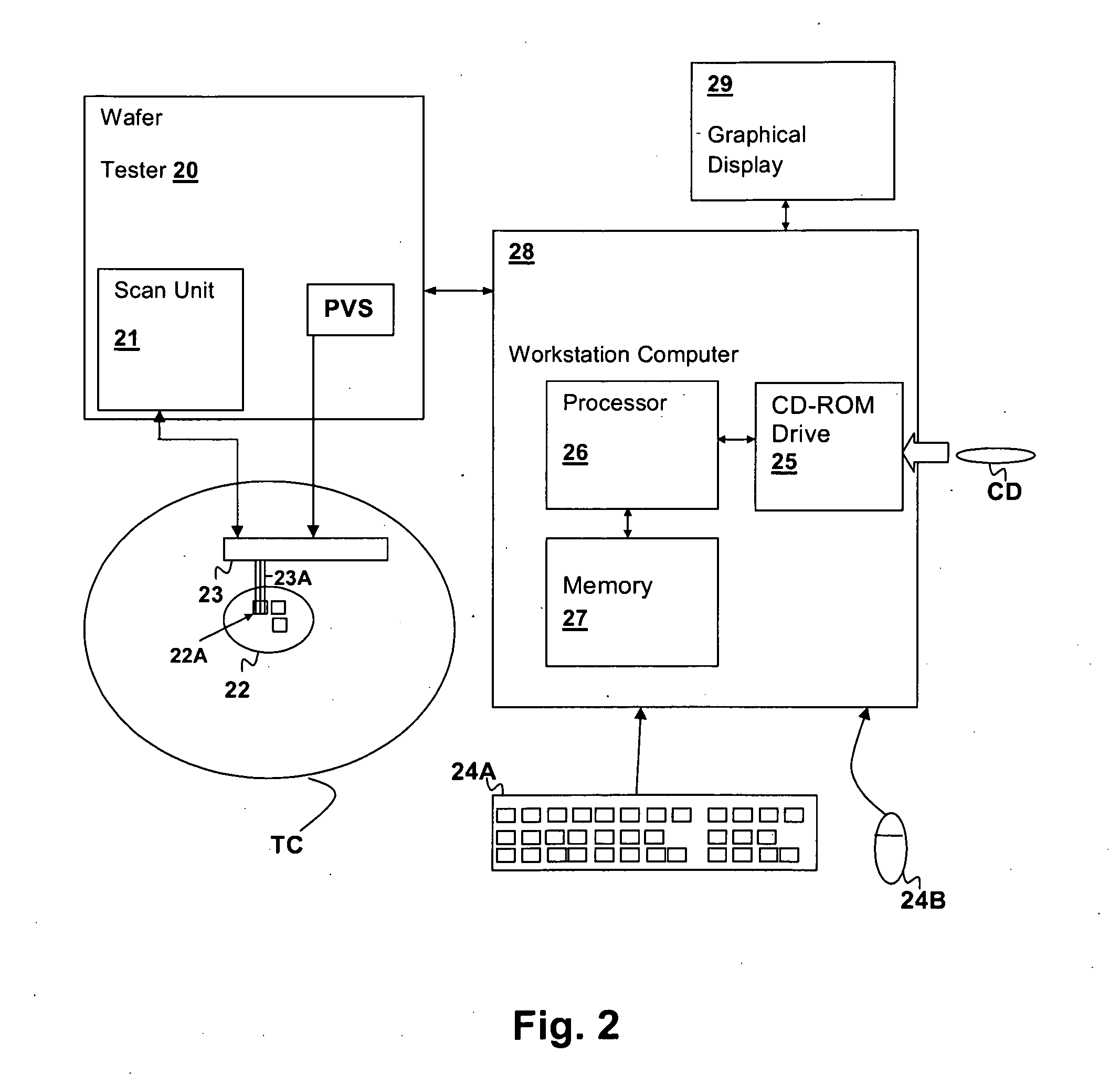Temperature-Profiled Device Fingerprint Generation and Authentication from Power-Up States of Static Cells
a technology of temperature-profiled devices and static cells, which is applied in the direction of mechanical means, mechanical measuring arrangements, instruments, etc., can solve the problems of unstable cells without reliable power-up value, process variation becoming a limiting constraint on the fabrication process, and mechanisms not providing ready identification from electronic means
- Summary
- Abstract
- Description
- Claims
- Application Information
AI Technical Summary
Benefits of technology
Problems solved by technology
Method used
Image
Examples
Embodiment Construction
[0036]The present invention relates identification / authentication techniques for electronic devices. Given a sufficient number of static storage cells within a device, e.g., SRAM cells, latches, flip-flops, etc., a “fingerprint” can be generated that uniquely identifies the device from power-up initial values of the static storage cells. The signatures are generally determined at time of manufacture, as in the present invention, the fingerprint is made substantially temperature invariant by collecting power-up state data at multiple environmental temperatures for a sufficiently large number of power cycles at each of the temperatures. The fingerprint is generated from the collected data so that the device can be subsequently identified from a single power-up state set, although multiple power-up state sets can be collected to enhance the verification success rate. Temperature insensitivity of the fingerprint is ensured by excluding static storage cells for which the expected value o...
PUM
 Login to View More
Login to View More Abstract
Description
Claims
Application Information
 Login to View More
Login to View More - R&D
- Intellectual Property
- Life Sciences
- Materials
- Tech Scout
- Unparalleled Data Quality
- Higher Quality Content
- 60% Fewer Hallucinations
Browse by: Latest US Patents, China's latest patents, Technical Efficacy Thesaurus, Application Domain, Technology Topic, Popular Technical Reports.
© 2025 PatSnap. All rights reserved.Legal|Privacy policy|Modern Slavery Act Transparency Statement|Sitemap|About US| Contact US: help@patsnap.com



